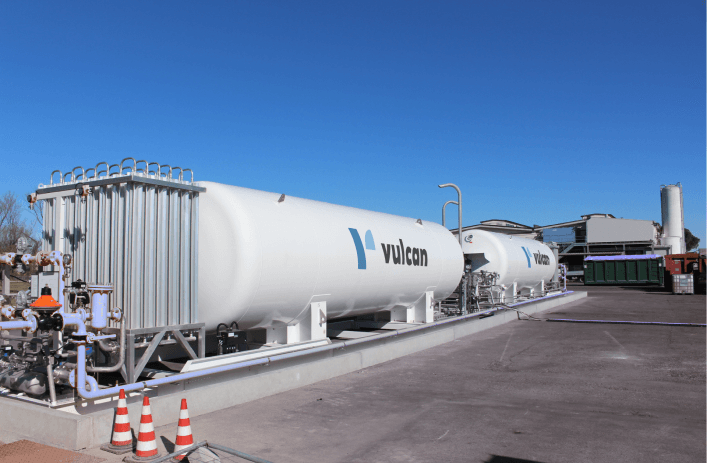BIOLNG
BIOLNG what is it?

The BIOLNG, or liquid biomethane, is a sustainable fuel produced through the liquefaction of biomethane, which in turn is obtained from the anaerobic digestion of organic matter, such as agricultural, food or sewage waste.
BIOLNG is obtained following a purification process of biogas, a mixture of methane and carbon dioxide produced by the anaerobic decomposition of organic matter.
To bring BIOLNG to a liquid state, it is cooled to very low temperatures, usually below – 160°C, to convert it to liquid phase.
This makes it extremely denser, easier to transport and store.
Consider this: the ratio of liquid methane to gaseous methane is an astonishing 1:600.
Liquid biomethane can be used as a fuel for automotive, heating and power generation.
BIOLNG represents an important example of circular economy and sustainable local development, serving as a renewable source and a tool for reduction of emissions from Co2.
Liquid biomethane production is expected to increase about tenfold by 2030.
LNG and BIOLNG: Impact on Transportation
In December 2020, the European Commission introduced the Strategy for Sustainable and Smart Mobility with several initiatives aimed at reducing transport emissions by 90 percent by 2050.
The transport sector contributes 5 percent of the EU’s GDP and employs more than 10 million people; it thus accounts for a quarter of the EU’s total greenhouse gas emissions.
The initiatives focus on:
- Modernization through digitization to make the transportation system more efficient, with reduced emissions.
- Investments to strengthen the EU single market and address the vulnerabilities highlighted by the coronavirus pandemic.
In this context, liquid natural gas LNG and BIOLNG (or biomethane) emerge as important solutions and promise a cleaner and more sustainable transportation future.



